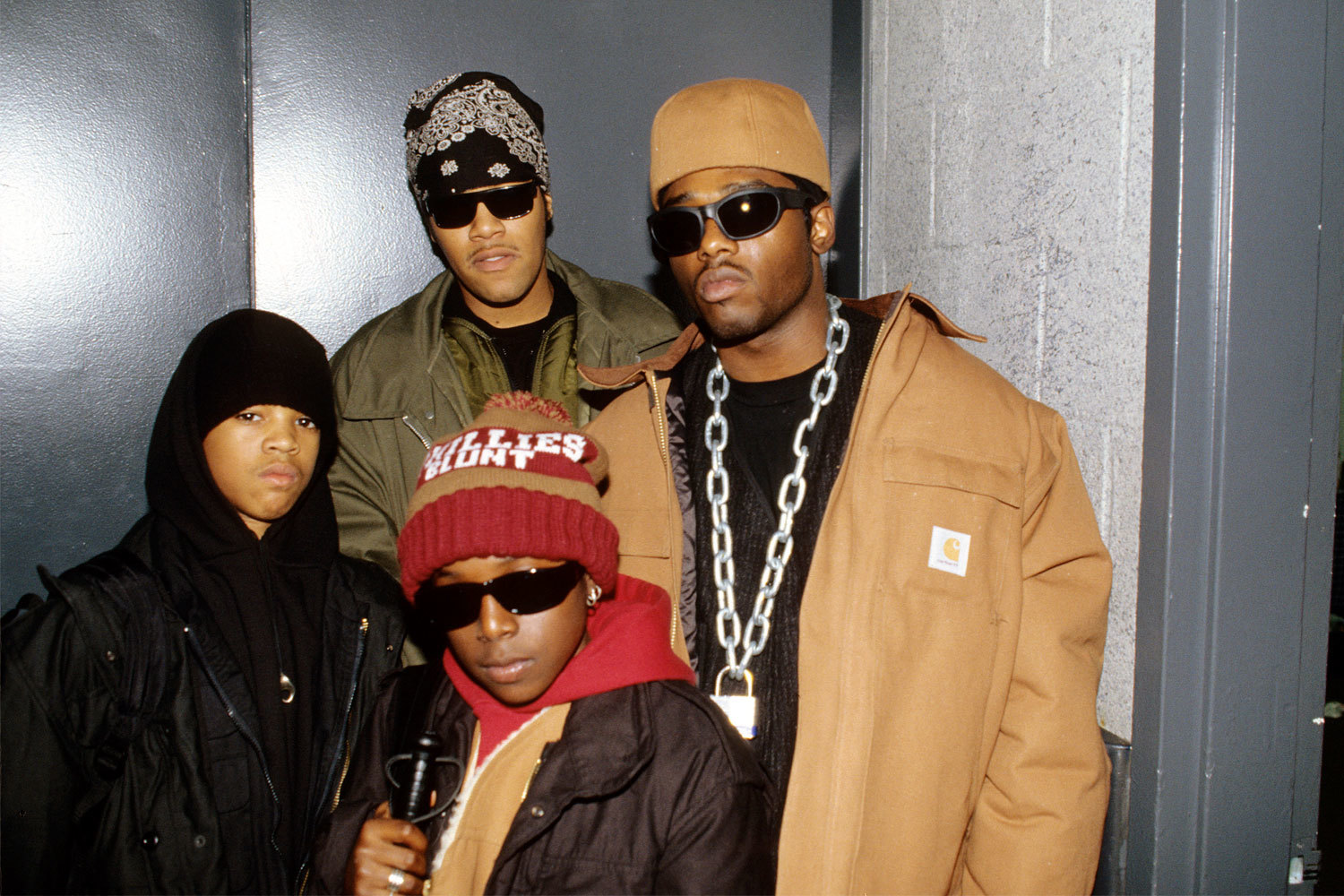“At a certain point, I realized that the cutting-edge crowd was wearing brown canvas,” Edwin Faeh, Founder of Carhartt WIP, begins in the opening text of the Rizzoli-published transatlantic stroll through the company’s rich and colorful history. That point was the mid 80s, a time in which textiles rather than brands captured the imagination, and people longed for an alternative to denim. After first catching sight of Carhartt’s brown duck work coats at a flea market in Paris, Faeh watched with interest and intrigue as the workwear garments rose to streetwear prominence. He experimented with the idea of an ‘All America Concept’ and supplemented his own brand, Big Star, with a few big C workwear staples. It’s here where The Carhartt WIP Archives story starts.
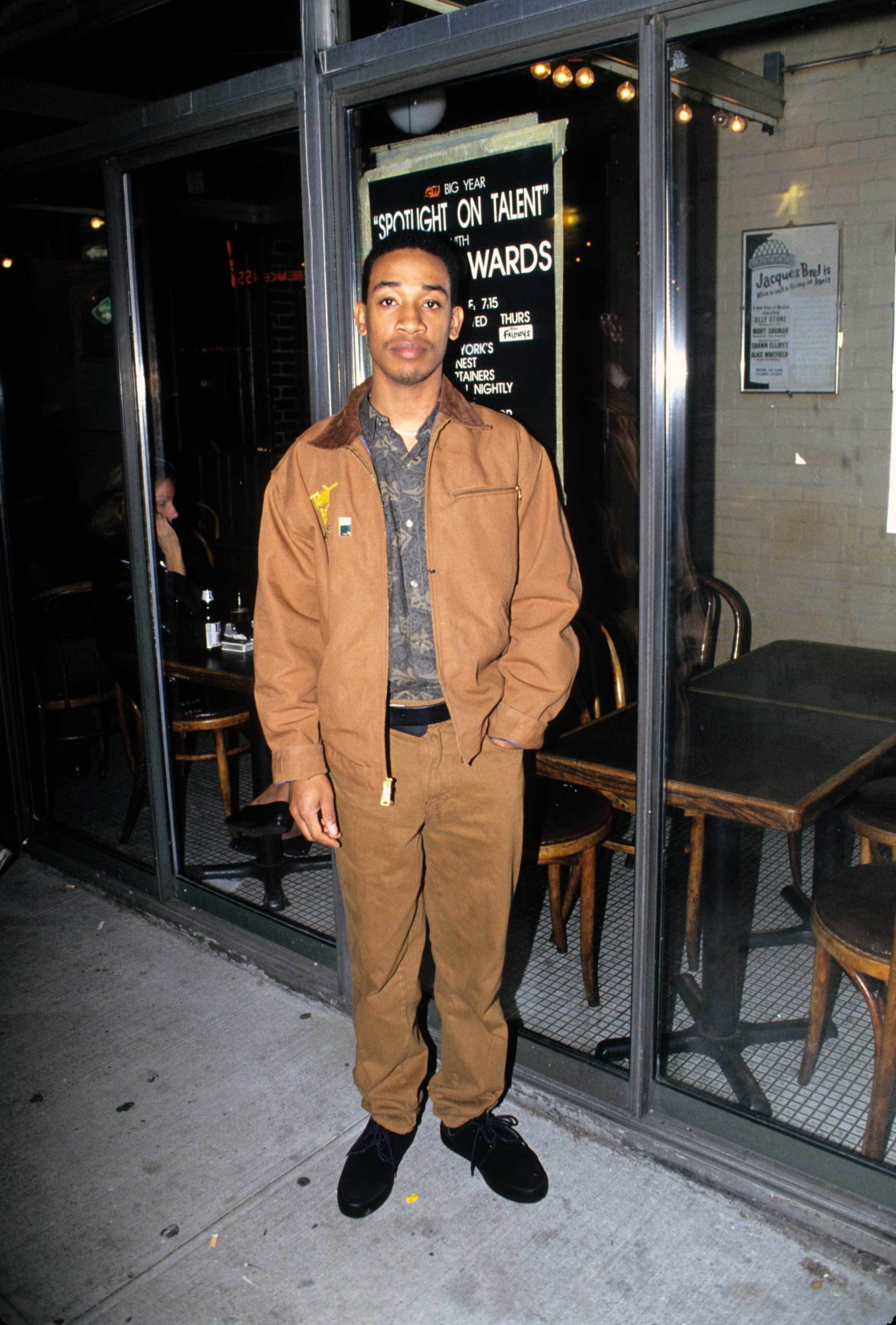
“It all begun with the idea of adding American brands to supplement our own line at Big Star,” Faeh confirms a few pages on. “Amongst the range of leather jackets, flannel shirts, parkas, and Western boots had been the first few stiff Carhartt jackets.” However, it wasn’t until his future wife and co-founder, Salomée Faeh, joined the label’s design team and proposed contact with Carhartt, that the seeds for the cooperation were sown. During a month-long road trip through the US, the duo stopped off at a showroom, discussed representing Carhartt in Europe, and picked out the styles they liked. The Work In Progress began. “Carhartt’s original range consisted of a limited selection of rigid fabrics; its cuts were large and square. These garments were authentic workwear, designed for just that: to work outdoors,” Salomée Faeh, Co-Founder and Creative Director of WIP, remembers.

“It took a few seasons until we were able to adapt the proportions and produce our own line under license.” Although the fledgling firm never aspired to cut the cord to Carhartt America, it did loosen the ties to tradition to forge new ones. Carhartt WIP was born out of curiosity, a hunger for authenticity, and a desire to innovate. As the American mothership continued to provide its raw, rugged, classic products, Work In Progress didn’t just adapt the collection for its own needs but, more importantly, began to cultivate a new sort of context. It’s this context in which the new book celebrates.

“We didn’t want to present a nostalgic chronology,” Edwin explains as we stand between the Vetements collaboration and a still from Mathieu Kassovitz’s La Haine, depicting Hubert emblazoned with the Big C logo. “It’s never going to be complete, it’s only a part,” Salomée adds. “After three years research, we had two terabytes of graphics and video. We needed at least three months to go through it,” Michel Lebugle remembers, as we pass a triptych of previously unseen snapshots of hip-hop royalty, N.W.A, Public Enemy, and Tupac. “During this process, we realized there were a few images missing, like the Wu-Tang shots because they were truly iconic.”
Although the the book is complete, Lebugle says, “we’re still finding stuff. Our skateboarding department was extremely creative, working in and around so much beyond skating, but we did temporarily forget a few things — like a shoot they did using a ballistic camera. We could’ve easily done one book purely on graphics, another on design, another focusing on garments and the fashion,” Michel laughs. “However, for us right now, it was important to capture the feeling, we wanted this book to act more as a mood board, like it is here, in this exhibition space.” Breaking free from chronological storytelling, the exhibition is a sensorial and thematic display of seminal objects that have proved important in the building of the WIP narrative. For one night only, the snapshot pages of the book could be lingered over, the ephemera positioned throughout the gallery combining perfectly to hint at the attitudes, motivations, and inspirations that have continually pushed Work In Progress forward for the last 27 years.
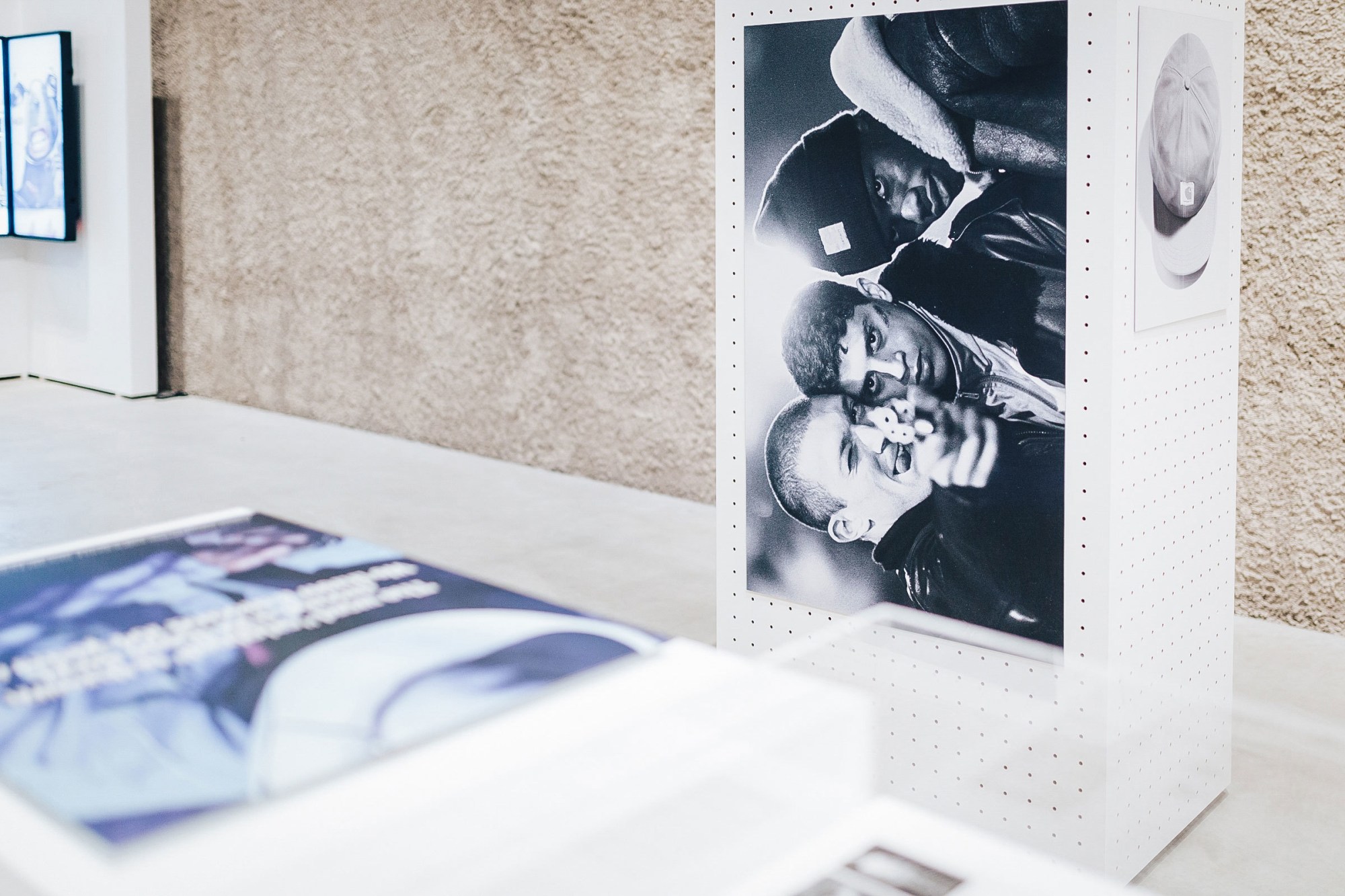
More than a moniker, Work In Progress manifests itself in the very heart, soul, and mindset of the brand. “The name has always been apt,” Michel explains. “It’s always evolved, always tested new ground. From making one magazine, RUGGED, and then another, BRAND BOOK; launching a record company, Combination Records; a skate crew — just doing what felt right and natural to us.” As we take a transatlantic stroll through subcultures, it becomes obvious that it’s as much at home in clubs, schools, and on the streets as it is on construction sites. From rappers to ravers to skaters, everyone has, on one occasion or another, worn that big C. The book tells the story, not just of the evolution of a brand but the evolution of the streetwear movement and the evolution of countless subcultures orbiting it.
Through tracing Carhartt WIP’s history with American hip-hop, European club music, graffiti artists, BMXers, skate culture, surfers, and everything else, we begin to understand why it’s seen everywhere between Detroit and Berlin, Paris, Tokyo and beyond. Beyond the previously unseen photographs of the brand’s bustling universe and archive imagery, this is no more obvious than in a fax exchange between Willem Kampert and Edwin from 1995.

“We had to include the fax communication between Willem and Edwin from the mid-90s,” Michel begins. “Willem was talking about the need for strategies and growth but Edwin wanted to take things slowly and to see where the brand was in 2015.” It’s a fax filled with thoughts and errors but the energy it contains really captures the essence of Carhartt WIP. “We do not have to rush into things, there is plenty of time to build up the Carhartt brand in Europe,” explained Edwin back on November 18, 1995. “Carhartt is the product/brand which will be loved by the next generation (at least until the year 2015, then we all settle down in Hawaii, where I have got a lot of those ideas). Slow and steady wins the race.”
As we stand in the heart of St. Agnes, rather than Hawaii, and squint to read the words printed almost 21 years ago, it’s remarkable to look back and see how true to their word Edwin, Salomée, and their team have been. So, how much of it has gone to plan? “If the plan was to have no plan yet still get to the place they wanted to, then yes,” laughs Michel. He has a point, but to say that there was no plan is an oversimplification. Although reluctant to go down traditional channels, the Faehs and their team of dreamers had a simple, revolutionary plan: to immerse themselves in the subcultures that interested them, cultivate them, and only pursue underground marketing activities that existed in their world, encapsulating everything from clubbing to graffiti and fanzines to skateboarding. Elsewhere in the fax, Edwin refers to it as “Carhartt-culture-wear” for the hip-hop, art, DJs, graffiti, skate, surf, snow, club, style, comic and cyber society. Carhartt-culture-wear is as relevant now as it was then. Its success has always been achieved through combinations of ingenuity and intuition, fortune and foresight.
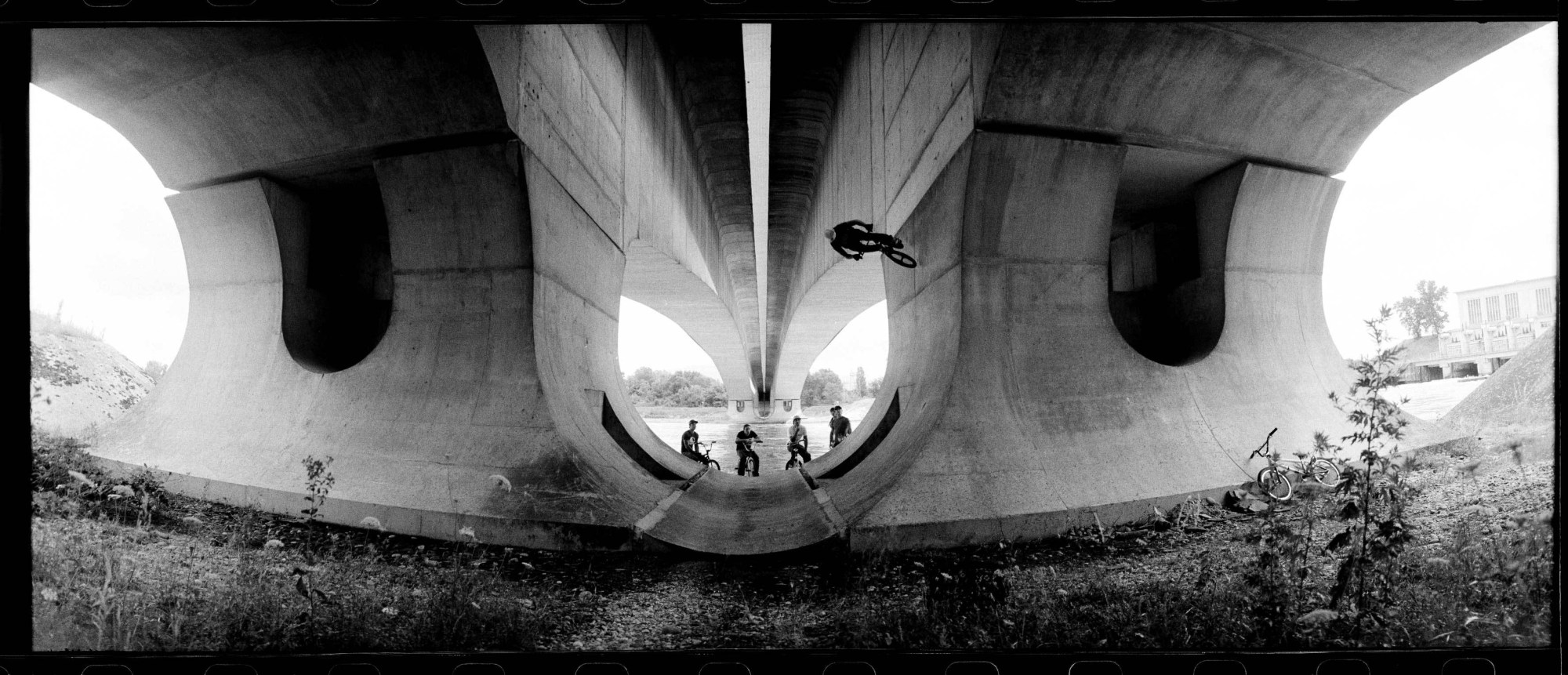
So what do they hope readers take away from this tome? “From my side, there are two points,” Michel ponders. “Firstly, to see the difference between Carhartt workwear and Carhartt WIP because although related, they are completely different entities.” Now, this is a distinction that has blurred and bamboozled at times but has never been clearer presented. “Secondly, this isn’t a marketing trick, it’s not a gimmick, it’s a success story about a group of people who didn’t really know what they were doing, a bunch of dreamers who put their heart and soul into it making something that’s now a big company. The fact that Carhartt WIP still exists and is doing better than ever is a sign that the idea of slow growth is an important one.” For any next generation dreamer longing to follow in these footsteps, the message is stay true to yourself and don’t rush anything. “Don’t look to profits, do it by doing it and if or when they do come, don’t consume them, give back,” adds Edwin. “The fruits aren’t yours,” he warns, “you’re just cultivating the tree.” More than a tree, after 27 years Carhartt WIP feels like a sprawling forest that’s a joy to get lost in. “The key is to have passion and be honest,” Salomée offers succinctly.

“Our vision has always been one of authenticity. For many years, we didn’t sell to jeans stores, to department stores, not on the high street, we only wanted to deliver to and support the underground. Any money we had, we gave back to those who wore our stuff.” This is what the book celebrates. “The very first skater we worked with, a real skater from Düsseldorf,” remembers Salomée, “he visited our store a lot and we took him to a shoot one day and then began to sponsor him, but the great thing was, he still used to come to the store to steal items. It was an authentic attitude. These are real guys, the real deal.” Carhartt WIP has always been about the real. What’s next for Carhartt WIP? For this Work In Progress, the “nowhere to go but everywhere” Jack Kerouac quote printed on the one of this season’s cotton T-shirts is apt. Here’s to tomorrow’s chapter.
Published by Rizzoli with different cover versions for its US-American and international distribution, The Carhartt WIP Archives is available at selected bookshops worldwide and Carhartt WIP stores now.


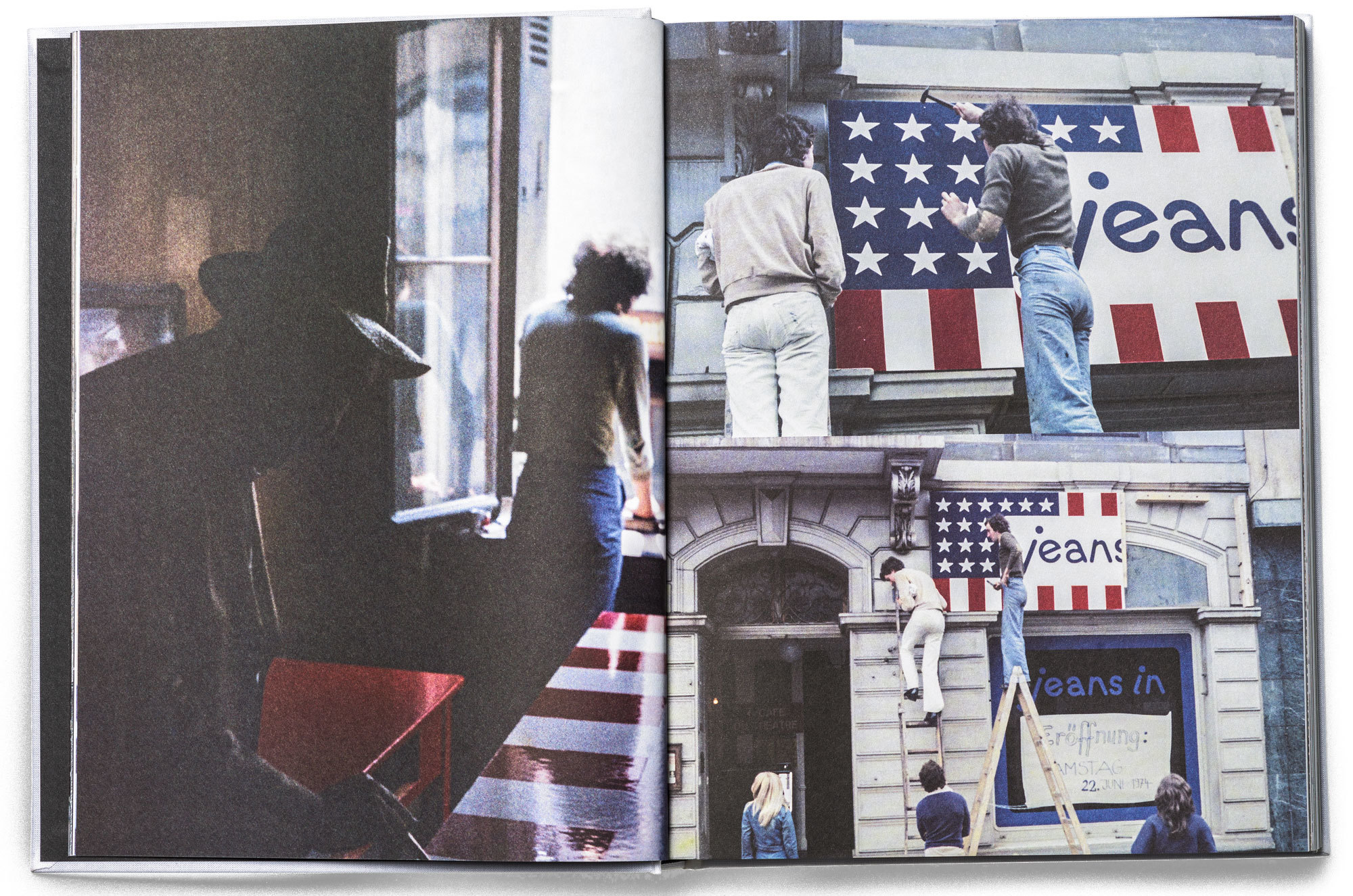
Credits
Text Steve Salter
Images courtesy of Carhartt WIP
